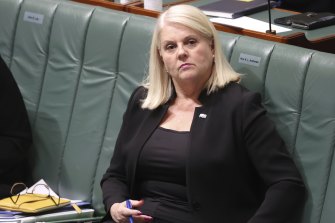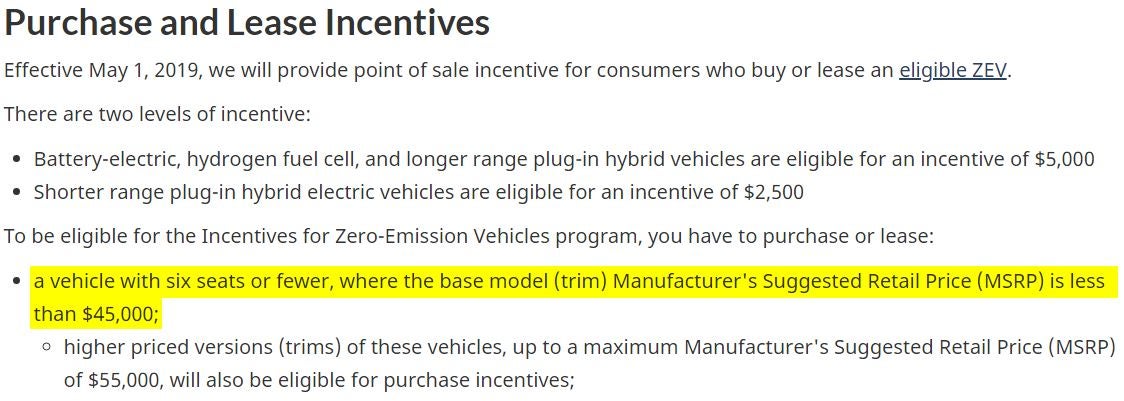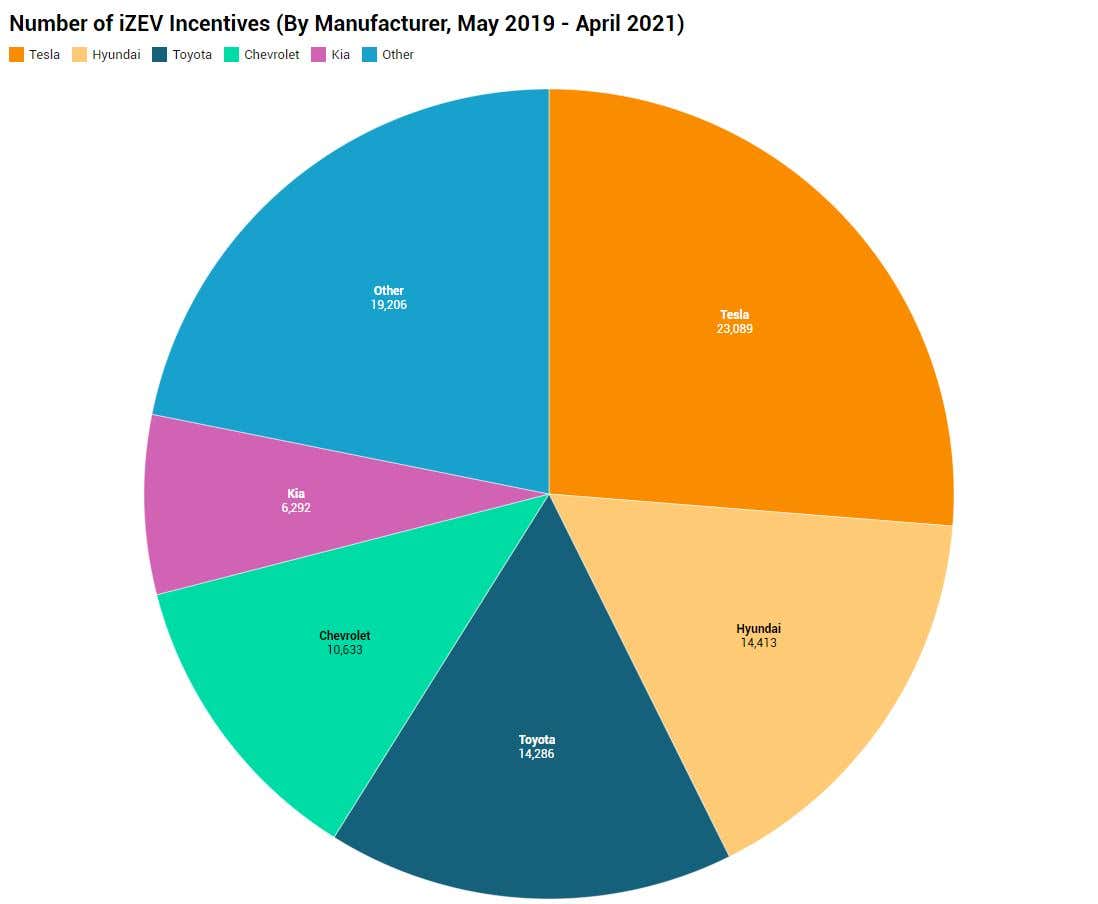Canadian firm enters US uranium sector with mine purchases
16 July 202
Vancouver-based International Consolidated Uranium (CUR) has agreed to buy the Tony M, Daneros and Rim conventional uranium mines in Utah, as well as the Sage Plain property and eight Department of Energy leases in Colorado from Energy Fuels Inc. In addition, the companies have agreed to enter into toll-milling and operating agreements with respect to the projects. The transaction positions CUR as a potential near-term US uranium producer.
.jpg?ext=.jpg) The mines purchased by CUR from Energy Fuels (Image: CUR)
The mines purchased by CUR from Energy Fuels (Image: CUR)Under a definitive asset purchase agreement announced yesterday, CUR will pay Energy Fuels USD2 million at the closing of the transaction, CAD6 million (USD4.8 million) of deferred cash payable over time, up to CAD5 million of deferred cash payable on commencement of commercial production, and such number of CUR shares that results in Energy Fuels holding 19.9% of the outstanding CUR common shares immediately after closing. CUR will also pay Energy Fuels a management fee, along with a toll milling fee for ore produced at the acquired projects in the future.
The portfolio of projects being acquired by CUR includes, among other assets, three permitted, past-producing mines in Utah: Tony M, Daneros and Rim.
The Tony M mine in southeastern Utah is a large-scale, fully-developed and permitted underground mine. Located about 127 road miles west of Energy Fuels' White Mesa Mill, the mine was operated by Denison from September 2007 to November 2008, when it was placed on care and maintenance. In June 2012, Energy Fuels acquired all of Denison's uranium properties in the USA.
The Daneros mine - located about 70 miles west of the White Mesa Mill - is a fully-developed and permitted underground mine. It operated from 2009 until October 2012 when the mine was placed on standby by Denison.
The Rim mine is a permitted, formerly producing mine located approximately 62 road miles from the White Mesa Mill. The mine has operated historically on a periodic basis starting in the mid-1960s. Mining last occurred in early 2008 by Denison and ceased in late 2010. Energy Fuels acquired the property in 2012 and has maintained it on care and maintenance since that time.
The transaction also includes CIR's acquisition of the Sage Plain property in Utah and eight Department of Energy (DOE) leases in Colorado. The project area - some 54 road miles from the White Mesa Mill - is at the location of the historic Calliham mine. The DOE leases are located in the historically productive Uravan Mineral Belt in Colorado. The leases are located 80-175 road miles from the White Mesa Mill. New 10-year leases for these lease tracts were executed by Energy Fuels in January 2020.
Strategic alliance
CUR and Energy Fuels have also entered a strategic alliance for the projects, which involves three key components: a toll-milling agreement, operating agreements and an investor rights agreement.
Under the toll-milling, Energy Fuels will toll-mill ore mined from the projects at the White Mesa Mill, subject to payment by CUR of a toll-milling fee and certain other terms and conditions. With this agreement, CUR will become the only current US uranium developer - other than Energy Fuels itself - with guaranteed access to the White Mesa Mill, which is the only permitted and operating conventional uranium mill in the USA.
Through the operating agreements, Energy Fuels will provide ongoing services for a fee to maintain the projects in good standing, as well as additional services as agreed to by the parties.
Under the investor rights agreement, for so long as Energy Fuels' equity ownership in CUR remains at or above 10%, it will be entitled to equity participation rights to maintain its pro rata equity ownership in CUR and to appoint one nominee to the CUR Board of Directors.
Growth strategies
"Our strategy has been to acquire uranium projects around the world, create critical mass, and target the acquisition of larger, more advanced projects," said CUR President and CEO Philip Williams. "While the recently announced acquisition of the high-grade Matoush Project in Quebec was a big step forward for CUR, today's acquisition and alliance with Energy Fuels represents a giant leap. In one transaction, we are entering the important US uranium sector by acquiring past producing mines which are permitted and well positioned for a rapid restart when market conditions are right."
CUR has acquired a 100% interest or has entered into option agreements to acquire a 100% interest in seven uranium projects, in Australia, Canada and Argentina, each with significant past expenditures and attractive characteristics for development.
Energy Fuels holds three of the USA's key uranium production centres: the White Mesa Mill in Utah, the Nichols Ranch ISR Project in Wyoming and the Alta Mesa ISR Project in Texas. The White Mesa Mill is the only conventional uranium mill operating in the USA today, has a licensed capacity of over 8 million pounds of U3O8 per year and has the ability to produce vanadium when market conditions warrant.
"The assets we are selling to CUR are proven US uranium mines, and in fact production from these mines since 2006 has accounted for over 1,050,000 lbs of US uranium production, which would rank those mines as fifth among all current uranium producers in the US over those years," said Energy Fuels President and CEO Mark Chalmers.
"However, because Energy Fuels is focusing its attention on its core projects - the Nichols Ranch and Alta Mesa ISR properties and the Pinyon Plain, La Sal and other conventional properties - we do not believe markets have properly valued the projects within our expansive portfolio of exceptional assets," he added. "We believe that, in order to realise the full value of our expansive portfolio, certain assets, such as the projects, can be repositioned to the benefit of Energy Fuels and its shareholders, provided we find the right vehicle to unlock the value of these assets. In this transaction, we believe we have found that vehicle in CUR."
Researched and written by World Nuclear News













